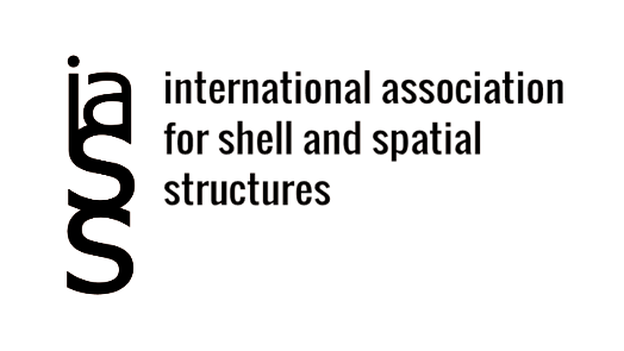Additive manufacturing (AM) has expanded possibilities for materialising structures that achieve their strength through intelligent, but complex geometries. However, conventional AM techniques, such as thermoplastic-based fused deposition modelling (FDM), also rely on material with weak strength and stiffness properties, which limit their full-scale building construction applications. This paper articulates one of several novel design-fabrication strategies responding to this challenge jointly developed by MIT, ETH Zurich and Tongji researchers in a recent workshop—strategies optimising FDM as a technique for producing self-supporting structural scaffold that can be printed flat and bent in-place on site, and whose strength is built up gradually by additional application of structural material layers. The approach leverages computation to synthesise the advantages of traditional and additive manufacturing: force-explicit equilibrium-based design methods are used to derive complex doubly-curved and compression-only forms that respect the limits of the scaffolding material, and can be digitally fabricated and assembled into durable structures without intensive labour and formwork requirements.
Presented in this paper—part 1 in the series—is a new application of FDM using bendable plastic panel to form highly-curved scaffolds for thin-tile vaulting. The design-fabrication workflow begins with iterative topology and geometry exploration using the COMPAS Pattern and Thrust Network Analysis software packages, which enable panelisation considerations to be incorporated into the design and form finding of the shell. To generate the panels’ fabrication geometries, an optimisation procedure first fits the doubly-curved form-found surface into singly-curved developable surfaces. Each surface, which corresponds to a panel, is then discretised into a printable filament infill pattern informed by the direction of force paths and fabrication studies balancing the trade-off between panel’s strength and flexibility. The integrated procedure enables the design’s formwork to be two-dimensionally printed, and bent in-place and assembled on site. The feasibility of the novel assembly process is demonstrated with the construction of a large-scale pavilion measuring seven metre in diameter, where seven overlapping flexible panels robotically 3D printed with eight layers of PLA material create a load-bearing scaffold for thin-tile applications. The produced prototype illustrates one alternative design-fabrication strategy using smart computation to synthesise digital and vernacular fabrication techniques, in order to open new possibilities in the materialisation of thin-tile construction.




